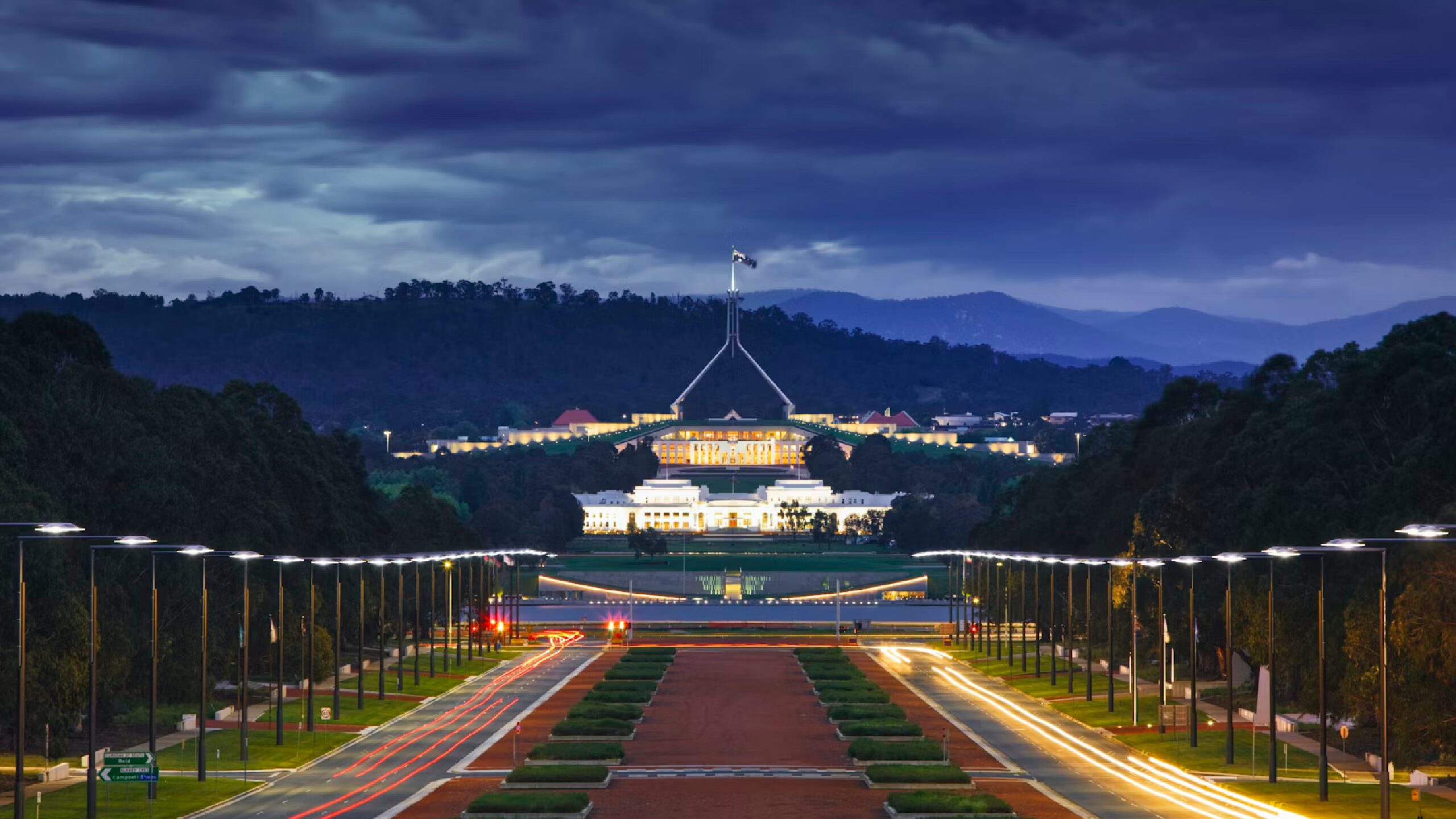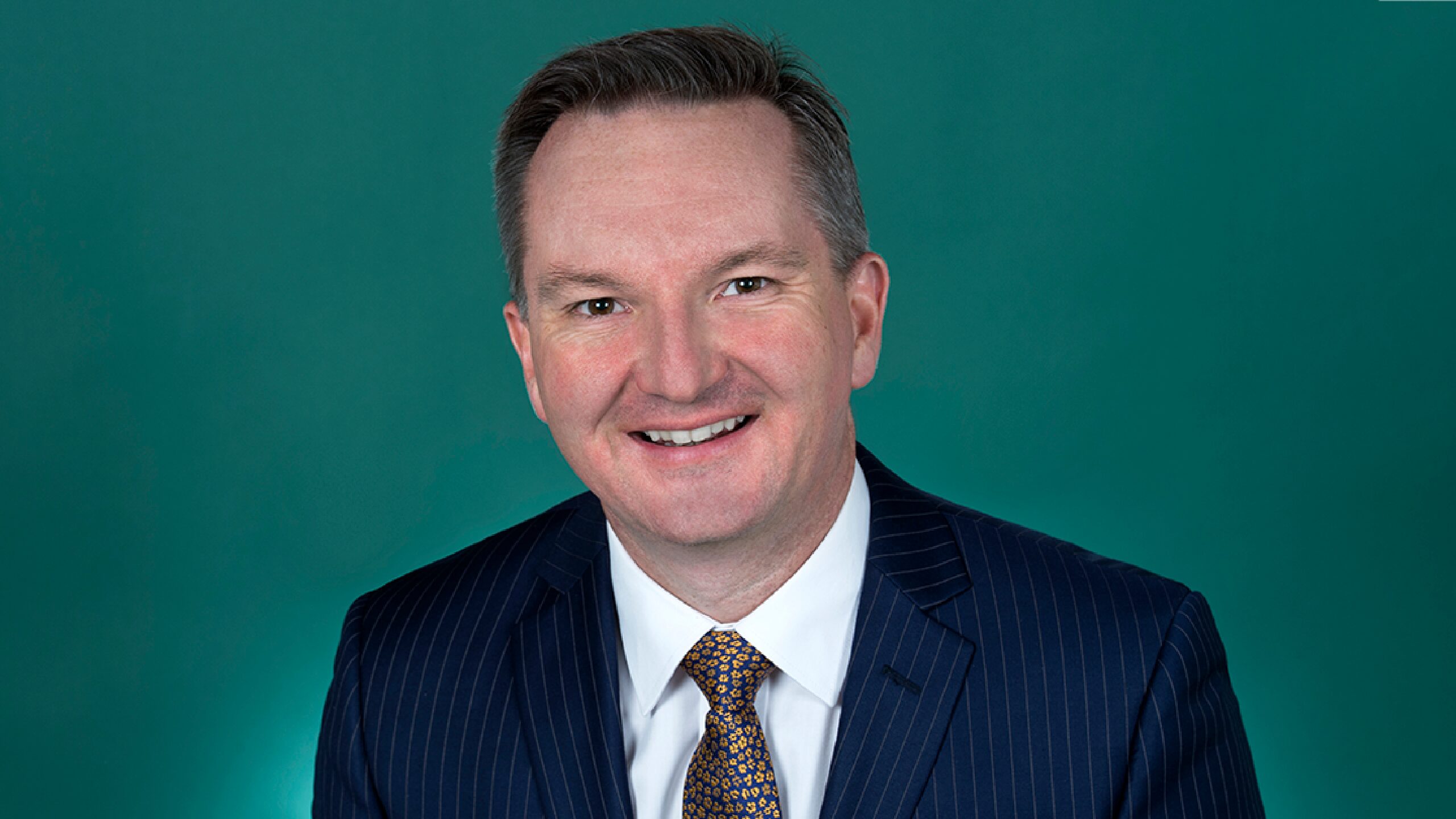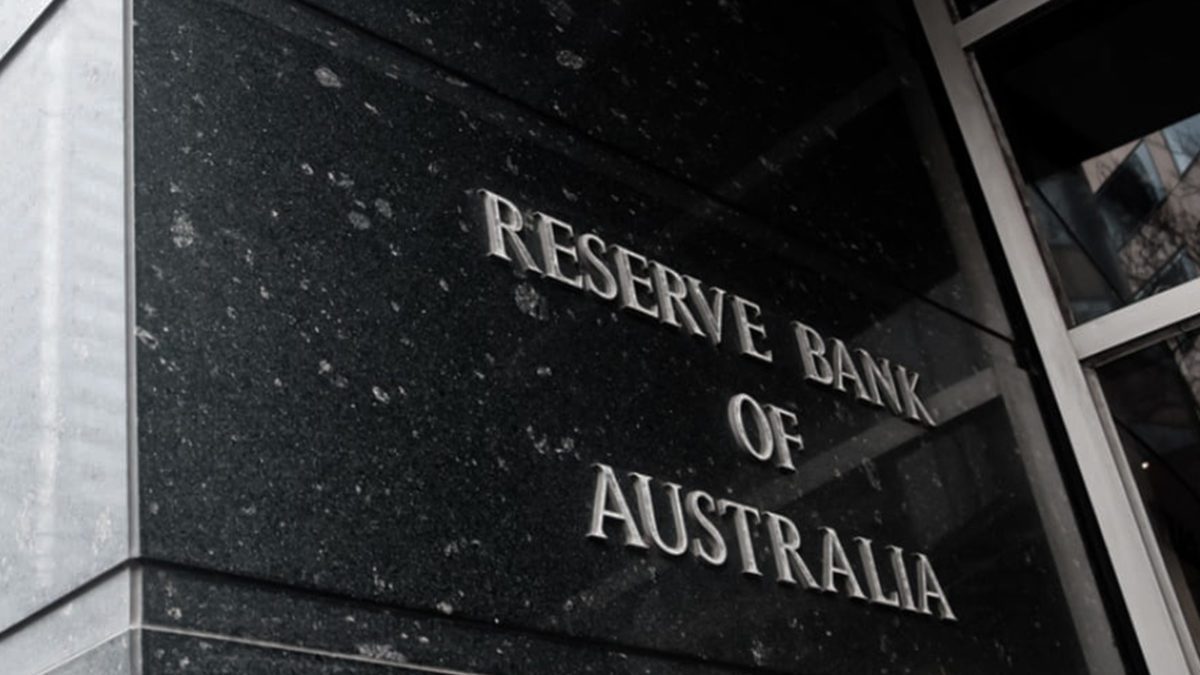The RBA owes households an apology
You would be hard-pressed to find a more disliked public figure than Reserve Bank of Australia (RBA) Governor Philip Lowe.
After explicitly reassuring households interest rates wouldn’t rise until 2024 as recently as October, he has dished out 125 basis points of increases in just two months. And we’re only halfway through 2022!
Many trusted Lowe’s commentary, entering the property market on the assumption that a cash rate of 0.10 per cent would be around for at least the next three years. Borrowers over-extended themselves to capitalise on the opportunity to make a sizeable dent into the principal component of their mortgage.
“[The RBA] will not increase the cash rate until actual inflation is sustainably within the 2 to 3 per cent target range. The central scenario for the economy is that this condition will not be met before 2024”
Philip Lowe, October 5, 2021
The number of new mortgages with a debt-to-income ratio greater than 6 – considered by the banking regulator to be at risk of mortgage stress – increased to 24.3 per cent in December. This number was just 14.8 per cent in April 2019.
Can’t have it both ways
Corners of the finance community have suggested households should have known the 2024 forecast was conditional. To that, I would rebut, how many households read the governor’s monetary policy statement?
In fact, how many of the suits at Collins Street or Martin Place bother to review Lowe’s remarks? The answer is very few.
Even conceding that households should have read the fine print, Lowe could have said rates won’t rise until inflation is ingrained and left it at that. Instead, the RBA deliberately included the 2024 forecast to inject confidence into consumers, businesses and markets.
Lowe knew it would encourage everyday Australians to keep borrowing. He even said as much.
“…one of the things that we [did to help Australians] is to be very clear about what we saw as the outlook for interest rates, that we would keep them low for as long as was necessary and at the time, we thought it was going to be necessary out to 2024”
Philip Lowe, May 3, 2022
You can’t have it both ways. Either the forecast was provided to aid confidence or it wasn’t. Clearly, it was. Therefore, when that messaging was subsequently proven incorrect, the RBA cannot simply absolve itself from all responsibility.
Multiple warning signs
Then there is the issue of the forecast itself. Lowe has been rather sanguine regarding the RBA losing its grip on inflation. In his public addresses, he compares the initial chaos facing economies when the pandemic hit in 2020 and then skips straight to the inflation monster he trying to tame today – as if it appeared out of thin air!
Did Lowe miss the two years in between?
US CPI has been at or above 5 per cent since April 2021. Commodities, including energy and food, were increasing rapidly from the middle of 2020. Supply chain constraints were an open secret.
Lowe even admitted in his statements that the economy was outperforming. Domestic unemployment was rapidly falling while excess household savings ballooned over $200 billion.
To put that in perspective, that’s an extra $8,000 per person. The ingredients for an inflationary surprise were there.
When the market caught on inflation might be in the system in the second half of 2021, Lowe dismissed its concerns. We could dedicate an entire column to the self-inflicted yield curve control fiasco the RBA created.
In summary, it took on the market and lost, embarrassing itself and losing credibility with participants.
The key message here is that despite several warning signs the RBA failed to appropriately communicate to households that rate rises could occur earlier than expected.
A forecast is about being approximately right. In this case, the RBA was completely wrong. It should have ditched the 2024 gospel when it was apparent there was even a slight possibility of inflation in the system.
The RBA doesn’t have a fiduciary – in the legal sense – responsibility to the Australian public. But Lowe does have an implicit one.
Its forecast wasn’t worth the paper it was printed on. It’s time the RBA owned up and apologised to households.









